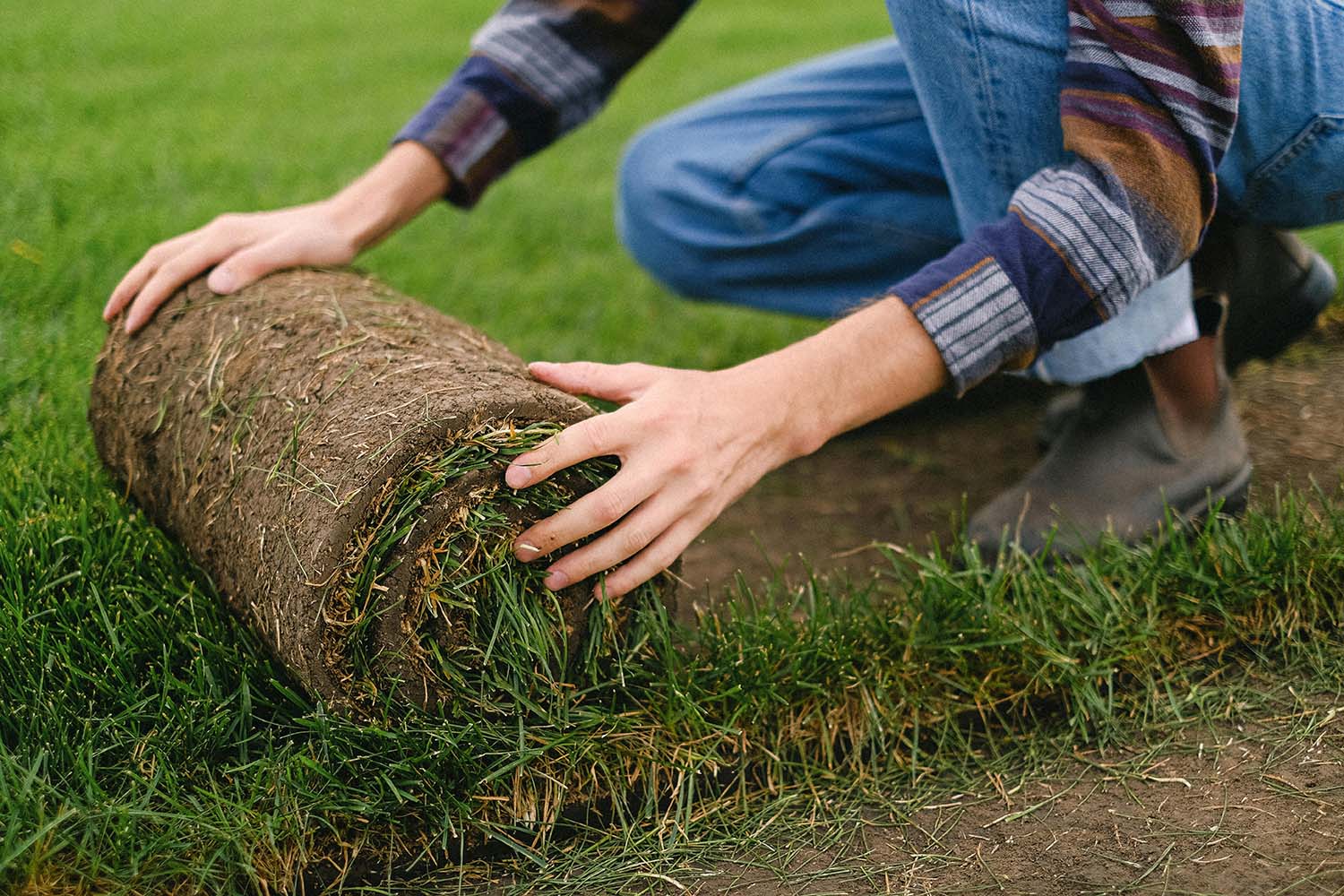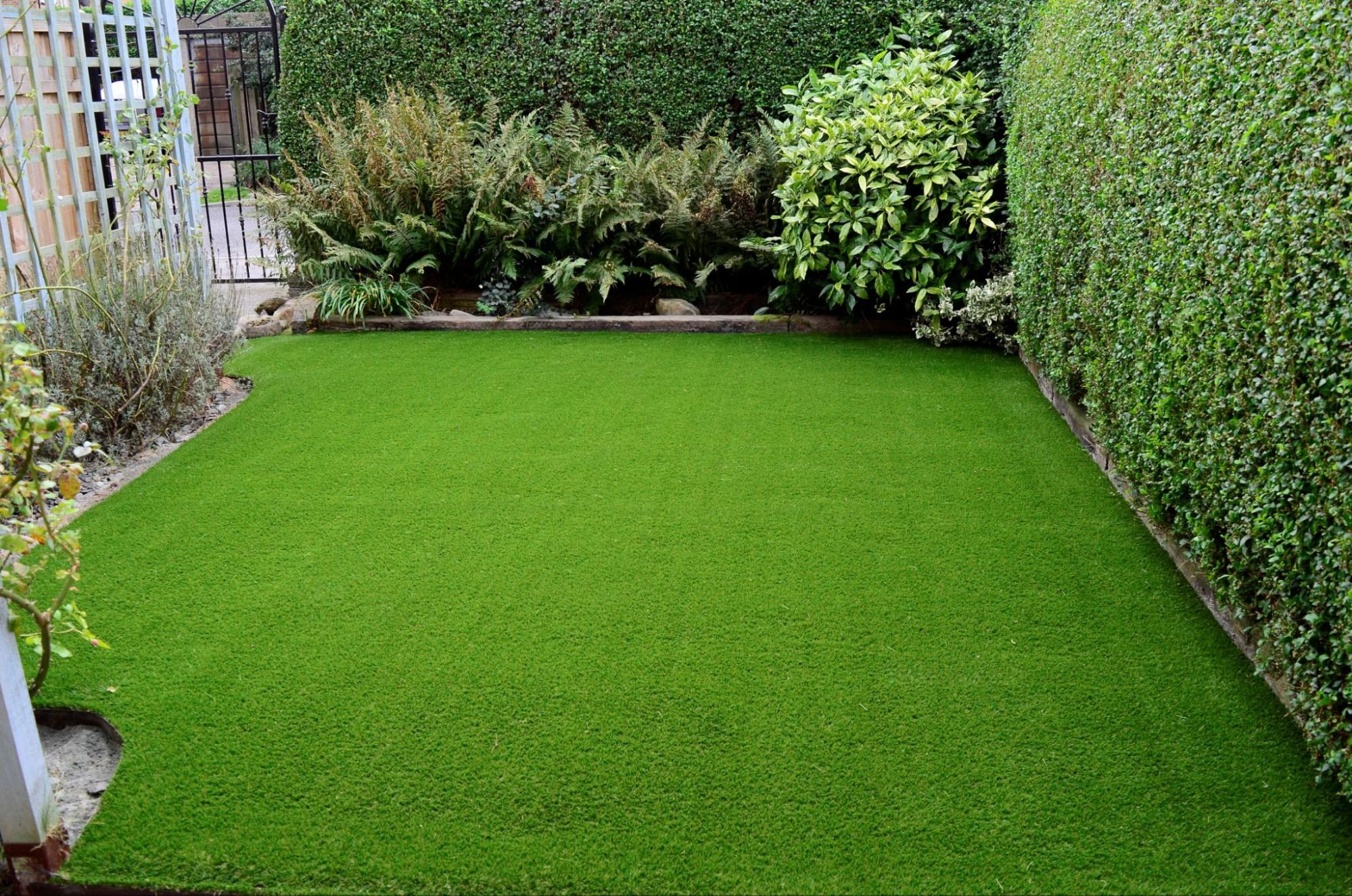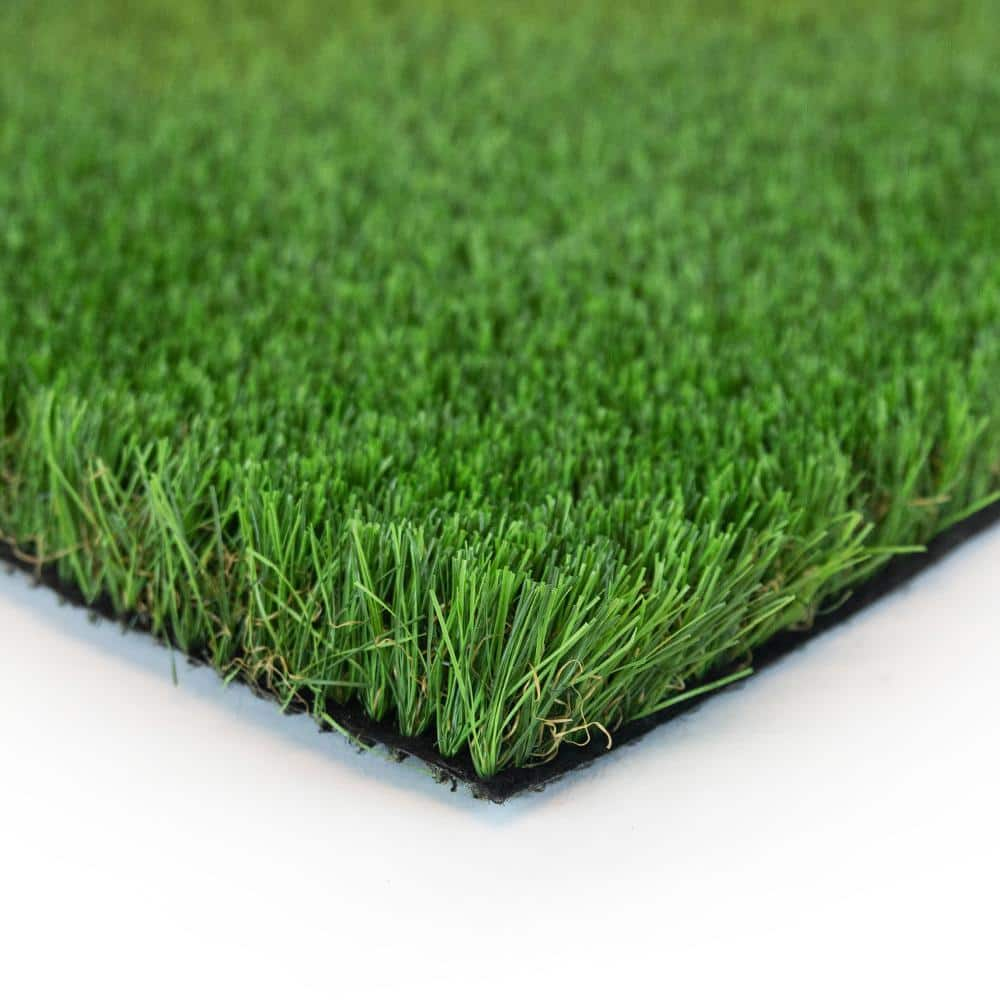Enjoy a Flawless Lawn with Arizona Artificial Turf for Any Outdoor Space
Enjoy a Flawless Lawn with Arizona Artificial Turf for Any Outdoor Space
Blog Article
Delve Into the Environmental Conveniences of Opting for Synthetic Grass Solutions
The adoption of man-made lawn solutions offers an engaging opportunity to deal with pushing ecological difficulties. By considerably minimizing water use and reducing the application of hazardous chemicals, these options not just advertise sustainable landscape design however additionally shield regional communities.
Water Conservation Advantages
One of the most considerable benefits of man-made grass is its capability to conserve water. Conventional lawn lawns require substantial watering, specifically in locations susceptible to dry spell or water restrictions. On the other hand, synthetic turf does not need watering, significantly lowering the total need for water resources. This feature is specifically useful in deserts where water deficiency is a pushing problem.
By eliminating the requirement for routine watering, man-made turf adds to sustainable landscape practices and aids mitigate the ecological effect of excessive water consumption. The conservation of water prolongs to the decrease of overflow, which can lead to dirt erosion and waterway contamination.
Additionally, the setup of synthetic grass allows communities and house owners to allot water sources a lot more successfully, concentrating on vital usages such as drinking water and farming. The change in the direction of artificial grass not just promotes responsible water usage however additionally lines up with broader ecological goals focused on preserving natural resources.
As areas increasingly prioritize sustainability, the water conservation benefits of synthetic grass present a compelling situation for its adoption in residential and commercial landscaping projects.
Lowered Chemical Use
The transition to synthetic lawn substantially lowers the dependence on chemical treatments typically made use of in all-natural yard upkeep. Typical grass management normally includes the application of herbicides, pesticides, and fertilizers to promote growth and control insects. These chemicals can position risks to human health, neighborhood wildlife, and the atmosphere, adding to dirt and water contamination.
In contrast, fabricated grass eliminates the demand for these unsafe compounds. By minimizing the launch of synthetic substances into the ecological community, synthetic lawn promotes much healthier soil and water systems.
In addition, the absence of chemical runoff connected with synthetic grass installations helps shield local rivers from air pollution, supporting marine life and preserving biodiversity. Arizona turf. As communities progressively focus on sustainable methods, deciding for synthetic grass presents a sensible solution that lines up with environmental preservation objectives. Through this change, homeowner can enjoy rich green spaces without compromising environmental health and wellness, leading the way for a much more lasting future
Lower Carbon Impact

Moreover, the installation of synthetic grass can result in substantial water preservation. Natural grass require significant amounts of water for irrigation, which not only includes to the carbon impact related to water extraction and treatment however likewise stress local water resources. In comparison, synthetic grass needs minimal upkeep, needing no watering, consequently significantly lowering water usage and its linked power costs.
Furthermore, the durability of synthetic grass adds to its lower carbon influence. With a lifespan of up to 15 years or more, the demand for frequent substitutes is diminished, resulting in less waste and lower energy intake in manufacturing and throwing away typical lawn choices. On the whole, man-made grass offers a lasting alternative for eco aware landscaping.
Habitat Preservation
Environment conservation is an important factor to consider in the dispute over landscape design choices, particularly when contrasting fabricated turf to all-natural yard. Natural yard yards often need considerable upkeep, including making use of herbicides, chemicals, and fertilizers, which can detrimentally affect regional environments. These chemicals can leach into the soil and rivers, hurting my sources native plants and animals and interrupting neighborhood habitats.
Synthetic turf removes the need for hazardous chemicals, thereby securing nearby wild animals and maintaining the honesty of surrounding environments. The setup of synthetic turf can lead to the conversion of former lawn areas into more biodiverse landscapes, such as pollinator gardens or indigenous plant areas, which can sustain neighborhood wild animals.
Eventually, the shift to synthetic lawn not only conserves water and lowers maintenance efforts however likewise cultivates a more unified relationship in between human activities and the native environment, promoting environment preservation at the same time.
Long-Term Sustainability
Long-term sustainability is an important element in reviewing the benefits of synthetic grass over conventional lawn lawns. Among the most considerable advantages of man-made lawn is its sturdiness; it can last approximately 15-20 years with marginal maintenance, whereas natural turf requires regular reseeding and replacement. This long life lowers the demand for consistent resources, such as water, plant foods, and pesticides, which are essential for preserving a healthy and balanced turf lawn.
Furthermore, artificial grass adds to a reduction in carbon emissions associated with lawn treatment devices. Standard yards frequently call for gas-powered lawn mowers, leaners, and blowers, every one of which add to air pollution. Arizona turf. In contrast, synthetic grass eliminates the requirement for such equipment, promoting a cleaner environment
Furthermore, the production of synthetic grass progressively makes use of recycled products, boosting its sustainability account. As producers take on environment-friendly practices, the ecological footprint of artificial lawn remains to reduce.

Verdict
The fostering of man-made turf remedies provides considerable environmental benefits, consisting of substantial water preservation, minimized dependence on damaging chemicals, and a reduced carbon impact. Furthermore, synthetic grass help in maintaining natural environments by reducing land disruption and promoting long-term sustainability with the use of sturdy materials. Collectively, these variables underscore the potential of synthetic grass to add positively to ecological health and wellness and provide a feasible alternative to standard landscape design techniques in an increasingly resource-conscious world.
In contrast, synthetic lawn does not require watering, have a peek at this site considerably minimizing the general need for water resources. By decreasing the release of synthetic substances into the environment, man-made lawn advertises much pop over to these guys healthier soil and water systems.
Moreover, the setup of man-made lawn can result in substantial water preservation. In contrast, man-made grass requires marginal upkeep, needing no watering, thus considerably reducing water usage and its connected power expenses.

Report this page